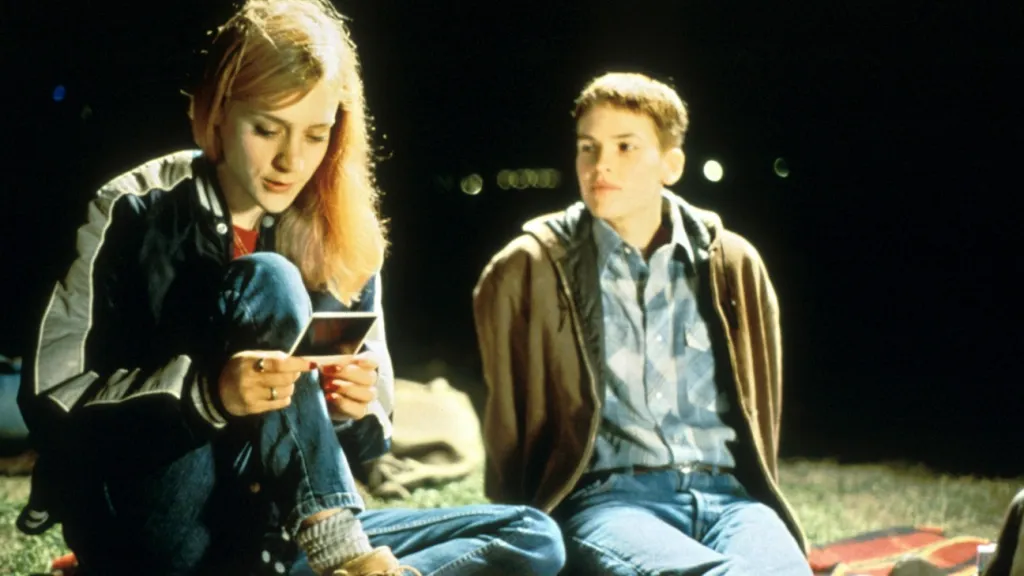miamijaialai.org – “Boys Don’t Cry,” directed by Kimberly Peirce, is a landmark film in LGBTQ+ cinema that brought critical attention to issues of gender identity and violence against transgender individuals. Released in 1999, the film is based on the true story of Brandon Teena, a transgender man who was tragically murdered in 1993. It explores themes of identity, discrimination, and the quest for acceptance.
Plot and Characters
The film follows Brandon Teena, portrayed by Hilary Swank, as he navigates life in rural Nebraska. Seeking to live authentically as a man, Brandon forms friendships and falls in love with Lana Tisdel, played by Chloë Sevigny. As Brandon’s identity is revealed, he faces brutal violence and betrayal, leading to a devastating and tragic conclusion.
Themes and Symbolism
“Boys Don’t Cry” delves into themes of identity, vulnerability, and the systemic challenges faced by transgender individuals. The film captures the courage and resilience of Brandon as he seeks love and acceptance in a world that often denies his existence. Through its narrative, the film highlights the urgent need for empathy, understanding, and social change.
Cultural and Social Impact
The release of “Boys Don’t Cry” marked a significant moment in LGBTQ+ cinema, bringing visibility to the transgender community and sparking important conversations about gender identity and violence. The film’s portrayal of Brandon’s story raised awareness about the discrimination and dangers faced by transgender individuals, influencing both public perception and advocacy efforts.
Critical Acclaim and Awards
“Boys Don’t Cry” received widespread critical acclaim, particularly for Hilary Swank’s transformative performance, which earned her an Academy Award for Best Actress. The film was praised for its sensitive and powerful portrayal of a real-life tragedy, earning numerous accolades and solidifying its place as a seminal work in LGBTQ+ cinema.
Conclusion
“Boys Don’t Cry” is a poignant and impactful film that continues to resonate with audiences today. Its exploration of identity and injustice remains relevant, serving as a catalyst for dialogue and change within society. The film’s legacy endures, reminding us of the importance of telling authentic and diverse stories in cinema to foster understanding and empathy.

